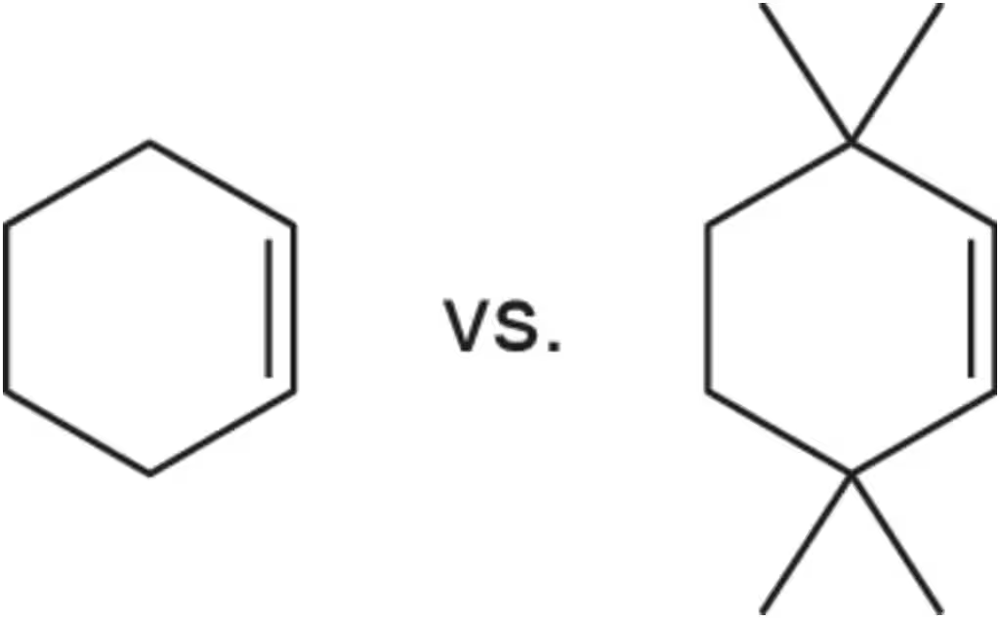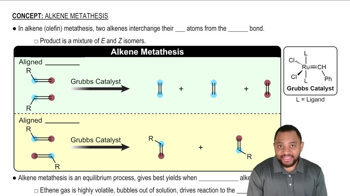What stereoisomers are obtained when 2-butyne undergoes each of the following reaction sequences?
a. 1. H2/Lindlar catalyst 2. Br2/CH2Cl2

 Verified step by step guidance
Verified step by step guidance Verified video answer for a similar problem:
Verified video answer for a similar problem:



 2:15m
2:15mMaster Double halogenation of alkynes. with a bite sized video explanation from Johnny
Start learning